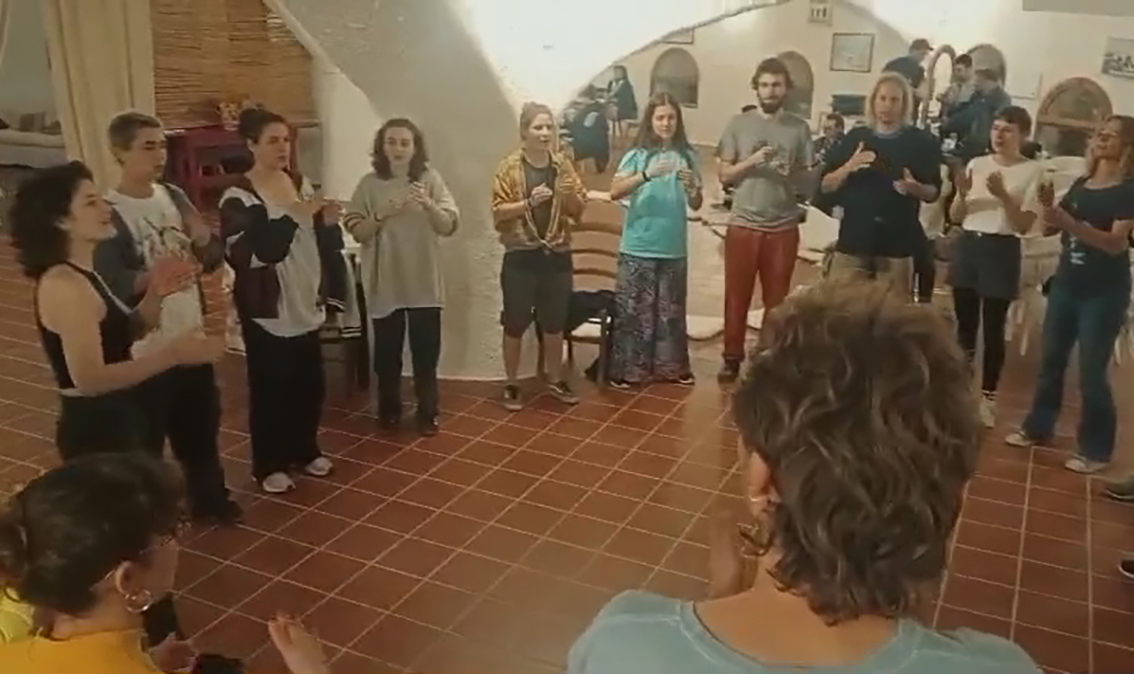Body Percussion
Download the methods
To download the methods, click here
Target group
No. of pax
Environment
Time needed
Materials
None
Objective/aim
The aim of the activity is to promote cooperation and synchronisation among participants, developing rhythmic awareness and body consciousness. Each participant learns to use the body as a musical instrument, creating a collective connection through rhythm.
Step by step instructions
Step 1
Introduction to the activity
the facilitator explains the concept of body percussion and demonstrates basic movements (e.g., clapping hands, snapping fingers, stomping feet).
Each participant should try to replicate the movements.
Step 2
Creating the basic rhythm (for example 4/4 or ¾ metre)
The facilitator creates a simple rhythmic sequence (e.g., clapping hands, snapping fingers, stomping feet) and invites participants to follow in sync.
Step 3
Creating a more complex sequence
Once the group has learnt the basic sequence, the facilitator adds new movements or variations, creating a more complex rhythm that the group must reproduce together.
Step 4
Working in groups
Participants are divided into pairs or small groups and each group creates its own rhythmic sequence.
Each group presents their sequence to the others, trying to maintain synchronisation.
Step 5
Collective Body Percussion
All participants perform a sequence together (from step 3 or from step 4), aiming to maintain a common rhythm.
The facilitator guides the group to ensure everyone stays in sync.
Step 6
Debriefing session
Participants stop and reflect on the experience.
Questions to consider include:
• How did it feel to create a collective rhythm?
• Was it easy to synchronise with others?
• What sensations were evoked by using the body as a musical instrument?
Tips for the trainer
• Ensure all participants are actively involved.
• In case of difficulties with rhythm, slow down, and take breaks to practice separately before resuming as a group.
Alternative
If the number of participants allows, small groups can be created where each person adds a personalised movement to the rhythmic sequence, creating individual variations within a collective flow
Comment
Source
Adapted from body percussion activities developed in the context of music education workshops.


